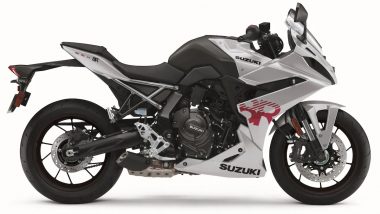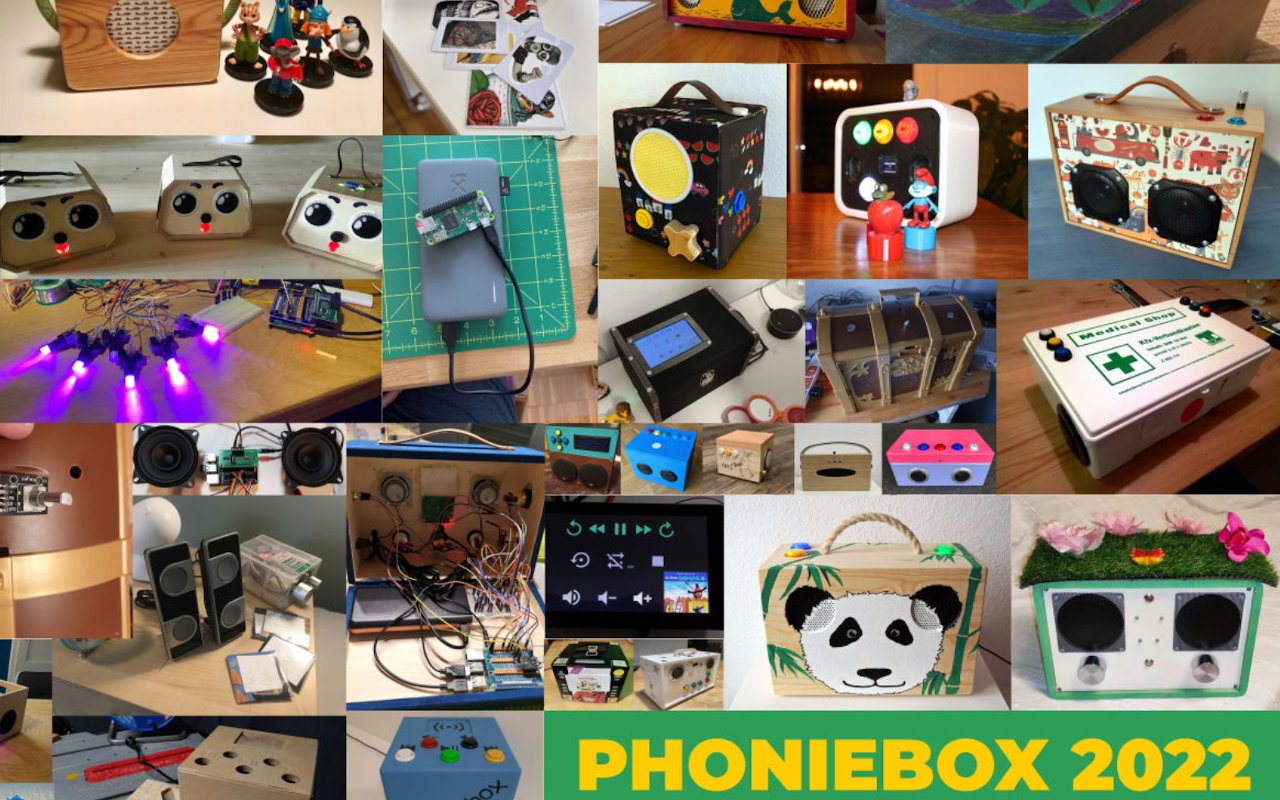
This is our last article on the 2024 FMS in August 2024. This features announcements and keynote talks by several SSD and memory controller companies including Microchip, Silicon Motion and Phison. We also cover keynote talks by Western Digital and Micron.
Microchip’s Rob Reed and Kyle Gaede had a keynote at the 2024 Future of Memory and Storage (FMS) Conference where they spoke about next generation security. They quoted a National Security Memo on implementation of Post Quantum Cryptography (PQC) widescale by 2035. A hardware root of trust is a key ingredient for AI/ML asset protection.

This root of trust can be used to ensure that components are trustworthy and to address supply chain attack vectors and to detect that a module is trusted and genuine, that the firmware is correct and the configuration is correct. The company makes NVMe controllers that support these security features. In Western Digital’s keynote, Robert Soderbery, EVP and GM and other speakers, discussed a new era of NAND.
In particular, like Kioxia, they talked about the end of the layers race. They pointed out that WW NAND capital spending jumped to about 17B/year starting in 2016 (from ~6B/year) with the rapid replacement of planar with 3D NAND, but with much lower demand in 2023, capital spending dropped to pre-3D levels. This is shown in the figure below.
Similar to the 2023 FMS WDC talk, he pointed out that with four generations of 2D NAND the average generation-to-generation bit growth rate was 27% while the generation-to-generation memory cost reduction per bit was close at 24%. For four generations of 3D NAND the average generation-to-generation bit growth rate was 39% while the intergenerational average cost reduction per bit was about 11%. 3D layer number growth increases bit density but the savings in bit cost are less since it adds additional processing costs.
The new capital dynamics at WDC focuses on capital investments for premium nodal capabilities, managing utilization and inventory to target the highest demand applications and focusing on meeting organic demand. The layer number generations should be designed to support various features across different market applications. WDC announced several new products in their keynote as shown below.
There was one client QLC SSD, and Enterprise SSD for AI with up to 61.4TB capacity and a PCI3 Gen5 SSD for AI training. The client device is a DRAM-less QLC PCIe Gen5 SSD with Gen 6 BiCs and with an in-house controller and firmware, with significant improvements over the previous generation QLC SSD.
The company also announced BiCS Gen8, 2TB QLC flash die, enabling 4TB SanDisk microSDUC UHS-I memory cards. BiCS Gen 8 (BiCS8) QLC offers significant improvements over prior generation (Gen 6) products. The DC SN861 PCIe Gen5 SSD has capacities up to 16TB and comes in E1.
S and U.2 sampling now with E3.S forthcoming and providing 3.
32M IOPS random reads and 30K IOPS random writes. The DC SN655 is intended for data ingest and preparation for AI with 32 and 64TB capacities and available in the U.2 form factor with E1.
L forthcoming. WDC was also showing a 128TB proof-of-concept SSD in their booth. The company also had client Gen5 M.
2 form factor drives with up to 8TB capacity as well as automotive NVMe and iNAND products (AT EN610 and iNAND EU752). Raj Narasimha, SVP and GM, Compute and Networking Business Unit at Micron also gave a talk focused on the needs of AI workloads. Micron gave a storage/memory hierarchy chart showing the placement of their DRAM and SSD products, see below.
Micron said that higher HBM capacity significantly increases LLM performance. Micron said that AI-powered PCs will need 40-80% more DRAM that today’s average PCs. The company also said that AI smartphones are driving 50% to 100% LPDDR5X content growth over the last year.
Like the other solid state memory/storage companies, Micron is offering DRAM and NAND flash automotive solutions. Micron said that they are introducing their Gen 9 NAND flash products with I/O speed of 3.6GB/s.
The image below shows Micron’s memory and storage products. Silicon Motion’s Robert Fan, SVP of Global Sales and President of SMI USA and Gary Adams, Associate VP of Enterprise Marketing spoke about energy and data efficiency in the AI era. Silicon Motion is one of the leading NAND flash controller suppliers.
They showed data from Gartner that QLC flash is now more than 20% of the PC market and over 10% of the enterprise market and projecting greater growth in the years ahead. The company’s 8 th generation NANDXtend with on-disk training algorithms improve ECC for better QLC performance and they think this will enable 1,000-layer devices by 2027. They are implementing zoned name spaces (ZNS) and flexible data placement (FDP).
They are also implementing encryption and other technologies for end-to-end data protection. The image below shows Silicon Motions line up of controller products for AI in multiple applications. The company mentioned its SM8366 SSD controller for advanced enterprise applications and implemented with the company’s MonTitan Enterprise SSD development platform.
The company is exploiting this platform to develop storage for AI workloads. Silicon Motion also talked about its PC SSD products, SM2508, that the company said has breakthrough power efficiency. It also introduced its SM2756 a UFS 4.
0 storage product for smart phones. The SM2264XL-AT PCIe Gen4 automotive SSD controller among several other automotive products were also shown. All of these client products are said to provide value for AI inference workloads.
Phison also had a keynote at the FMS, with K.S. Pua, CEO and Sabastien Jean, CTO in the US as speakers.
They have been a longstanding flash controller company and an SSD ODM, but they have come out with their own labeled storage products (under the PASCARI brand) for many applications. They also have an IMAGIN design service. The announced the Phison PS1001 USB SoC controller and USB drives using this controller.
The image below shows the company’s history of PCIe products, including an AI training SSD this year. The company is also making Signal ICs for Gen5 Retimers and Redrivers. Phison introduced its aiDAPTIV architectural pool for GPU memory, NAND and DRAM and helps with memory offload and intended for end-to-end storage solutions.
The SNIA storage trade organization also spoke about their various activities and initiatives around digital storage. FMS 2024 featured major storage players WDC and Micron and controller companies Silicon Motion, Microchip and Phison. SNIA was also actively involved in the conference.
.













